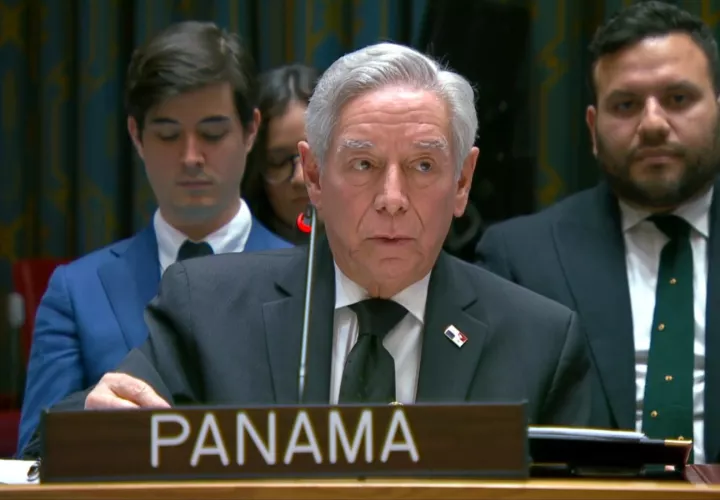If you think the traffic’s bad now, hold on to your hat


DAILY TRAFFIC jams in Panama City appear to be here to stay and are in the opinion of one business authority, a sign of “progress”.
Simultaneous construction projects in the city, from the subway to flyovers, underpasses and the sewer system, with seemingly little planned coordination, have increased awareness that Panama is following many cities in the world and becoming a traffic hell.
The completion of the infrastructure projects and the opening of the Metro subway may ease the jams for a while, but the real problem is cars.
Data from the Transit and Transportation Authority (ATTT) shows that in 2010 there were 550,000 cars circulating in Panama So far in 2013 the number has increased to 900,000.
The growth in car sales the last three years is mainly due to easier credit by local banks.The Panamanian Credit Association (APC) reported that for the first four months of 2013, there were 99,000 Panamanians with car loans, compared to 87,000 in the same period of 2012, representing an increase 14.4%.
Another reason why car sales have increased is the poor public transport service that exists in the country says CentralAmericaData.
In the view of John Bennett, president of the Civic Committee of Transit at the Panamanian Association of Business Executives (APEDA), the increase in cars in the country is the result of a population which is developing and increasing their ability to acquire assets that meet their transport needs. "It's a sign of progress," he added.
"Creating parking spaces, improving technology on highways, eliminating unnecessary police roadblocks and increasing the speed limit on many roads are some of the approaches that Bennett is undertaking in order to improve traffic flow," said an article in Prensa.com .
Increasing the speed limit seems an unnecessary step, as city drivers seem to be oblivious to posted limits. Outside of rush hours the Cinta Costera and neighboring Avenida Balboa becomes speedways, and no one seems to slow down as they move on to the overpasses with 30 and 40km signs. Try traveling at that speed and you will be either run over by a truck or deafened by protesting horn punchers in a hurry to find a washroom.
There is a desperate need for parking lots, but they need to come with a cultural change and enforcement of “no parking” regulations You don't have to look far to find cars parked under “no estacionamiento” signs, a few meters away from parking lots.
When the Metro subway opens we might look forward to some reductions in traffic jams, but again we have a “culture” question similar to what used to be called "keeping up with the Joneses." In Panama, for many, it's "If you have a car show it," and to hell with the cost of gas while idling away the hours in a traffic jam. And somehow I can’t imagine all those Prado drivers sitting on the subway next to their employees. I hope I’m wrong.
Anyhow, by year end there will be another 30,000 or so additional vehicles on the road, to show that Panama is progressing.





